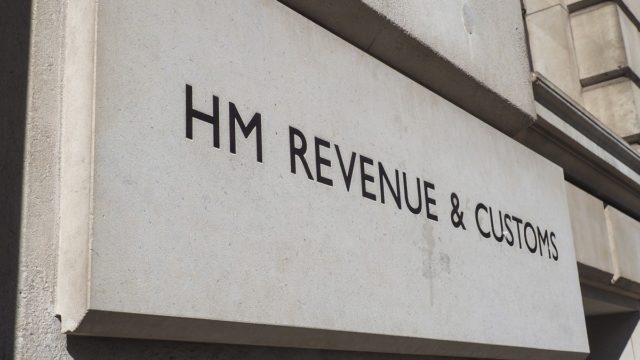- Home
- Publications
- Measuring The Permanent Costs Of Brexit
Measuring the permanent costs of Brexit
 Pub. Date
Pub. Date
 Pub. Type
Pub. Type
External Authors

Erken, H

Hayat, R

Prins, C

Heijmerikx, M

de Vreede, I
Related Themes
Political EconomyTags
JEL Code
F15, F17, F43, D24
Journal
National Institute Economic Review
Publisher
Sage Publications, London
External Resources
http://journals.sagepub.com/doi/full/10.1177/002795011824400114
Issue
244
We analyse the costs of Brexit. The results show that by 2030 a hard Brexit would reduce cumulative GDP growth by 18 percentage points compared to a situation where the UK continued its EU membership. The economic damage in our FTA and soft Brexit scenarios is less severe than in our hard Brexit scenario, although it will still cost the UK economy roughly 12.5 percentage points and 10 percentage points of cumulative GDP growth by 2030, respectively. We find much larger negative effects than most existing studies that use macroeconometric modelling to assess the effects of Brexit. This is due to two reasons. First, we use an improved tariff version of the macroeconometric model NiGEM, which enables us better to assess the negative impact of cost-push inflation resulting from imposed trade barriers. Second, we estimate a new productivity model for the UK, which allows us to gauge adequately the negative UK-specific effects on productivity caused by Brexit.
Related Blog Posts

What Can Policy Makers Learn From Adam Smith?
Sayantan Ghosal
Graeme Roy
11 Mar 2024
5 min read

Reflections on the 2024 Spring Budget: What Was and Wasn’t Addressed
Monica George Michail
Stephen Millard
11 Mar 2024
5 min read

How the Chancellor’s Budget Could Help Households and the Struggling Regions
Arnab Bhattacharjee
Robyn Smith
Adrian Pabst
04 Mar 2024
6 min read

Adam Smith’s Division of Labour in Today’s World of Global Markets
Diane Coyle
25 Jan 2024
4 min read
Related Projects

Related News


Related Publications

Geopolitical Risks and the Global Economy
07 Feb 2024
Global Economic Outlook Box Analysis


Adam Smith and the Bankers: Retrospect and Prospect
04 Jan 2024
National Institute Economic Review

On the Promises and Perils of Smithian Growth: From the Pin Factory to AI
04 Jan 2024
National Institute Economic Review
Related events

What Can Policy Makers Learn From Adam Smith?

NMITE and the Political Economy of Higher Education – Jesse Norman

Economic Effects of Russia’s Invasion and Sanctions

2022 Deane-Stone Lecture – The Uses and Abuses of Economic Statistics

The Political Economy of Devolution in, and Secession from, the UK

What Next for the Levelling-Up Agenda? Addressing New and Old Challenges in the UK Regional Inequalities Landscape




